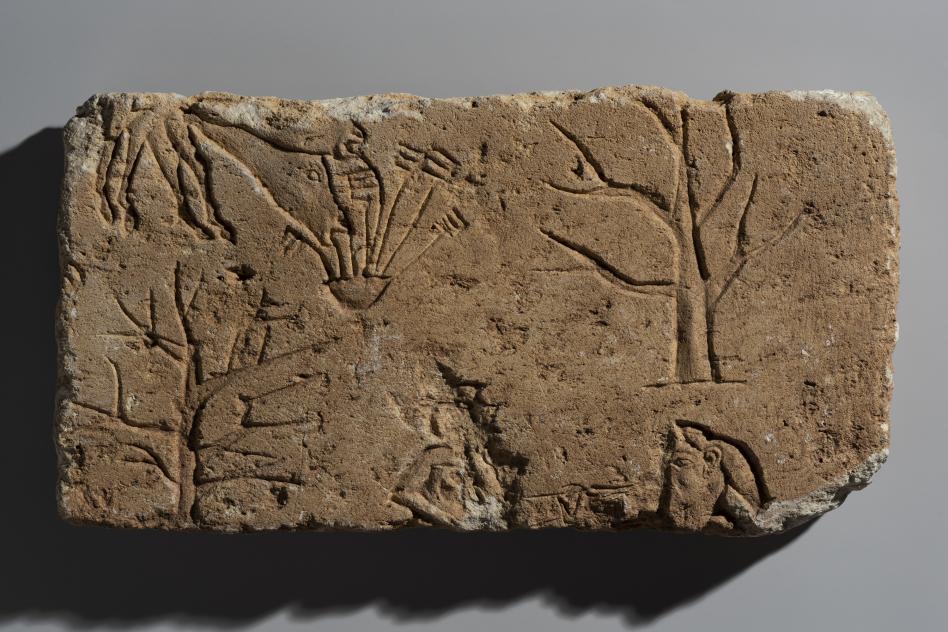
Object Title
Talatat
Measurements
8 11/16 × 16 1/2 × 2 5/8 in. (22.1 × 41.9 × 6.7 cm)
Creation Date
ca. 1359-1352 B.C.E.
Credit Line
Gift of Prof. Dr. H. A. Schlögl in memory of Bernard V. Bothmer
Museum Name
Museum Contact
meghan.bill@brooklynmuseum.org
Culture
Country of Origin
Object Type
Materials / Techniques
Object URL
https://www.brooklynmuseum.org/opencollection/objects/224945
Museum's Definition of Antiquity
Ancient Egypt (Muslim conquest of Egypt, 642 C.E.)
Provenance Information
Archaeological provenance not yet documented, probably from el-Amarna, Egypt, reused inside the pylon of Ramsses II at Hermopolis Magna, Egypt; mid-1960s, reportedly acquired by an anonymous Swiss collector; by 2015, acquired from descendants of an anonymous Swiss collector by Rupert Wace Ancient Art, London; 2015, purchased at TEFAF, Maastricht from Rupert Wace Ancient Art by Hermann A. Schlögl of Freiburg im Breisgau, Germany; 2022, gift of Hermann A. Schlögl to the Brooklyn Museum.
Exhibition Information
None, but the object will go on view in the Later Egypt Gallery in 10/2022, alongside Brooklyn's 86.226.30, Brooklyn's 2019.13, and the Metropolitan Museum of Art's 68.16.
Publication Information
Johnson, Ray, "A Pastoral Scene from El Amarna Reconstructed" in KMT, no. 283 (Fall 2017) pp. 1-7.
Schlogl, Buxtorf, "Kunst und Handwerk aus Agyptens Goldener Zeit," Harrassowitz-Verlag Weisbaden, 2018, p. 50.
Schlogl, Buxtorf, "Kunst und Handwerk aus Agyptens Goldener Zeit," Harrassowitz-Verlag Weisbaden, 2018, p. 50.
Section of the AAMD Guidelines relied upon for the exception to 1970
Cumulative facts and circumstances
Explain why the object fits the exception set forth above
This block joins three other talatat blocks in known collections, as published by Ray Johnson in 2017. The object will go on view in 10/2022, along with Brooklyn's 86.226.30, Brooklyn's 2019.13, and Metropolitan Museum of Art's 68.16. With this addition, the Brooklyn Museum collection is now able to illustrate semi- comic genre scenes during the Amarna Period; no other Egyptian collection outside of Egypt has the ability to illustrate this important point.